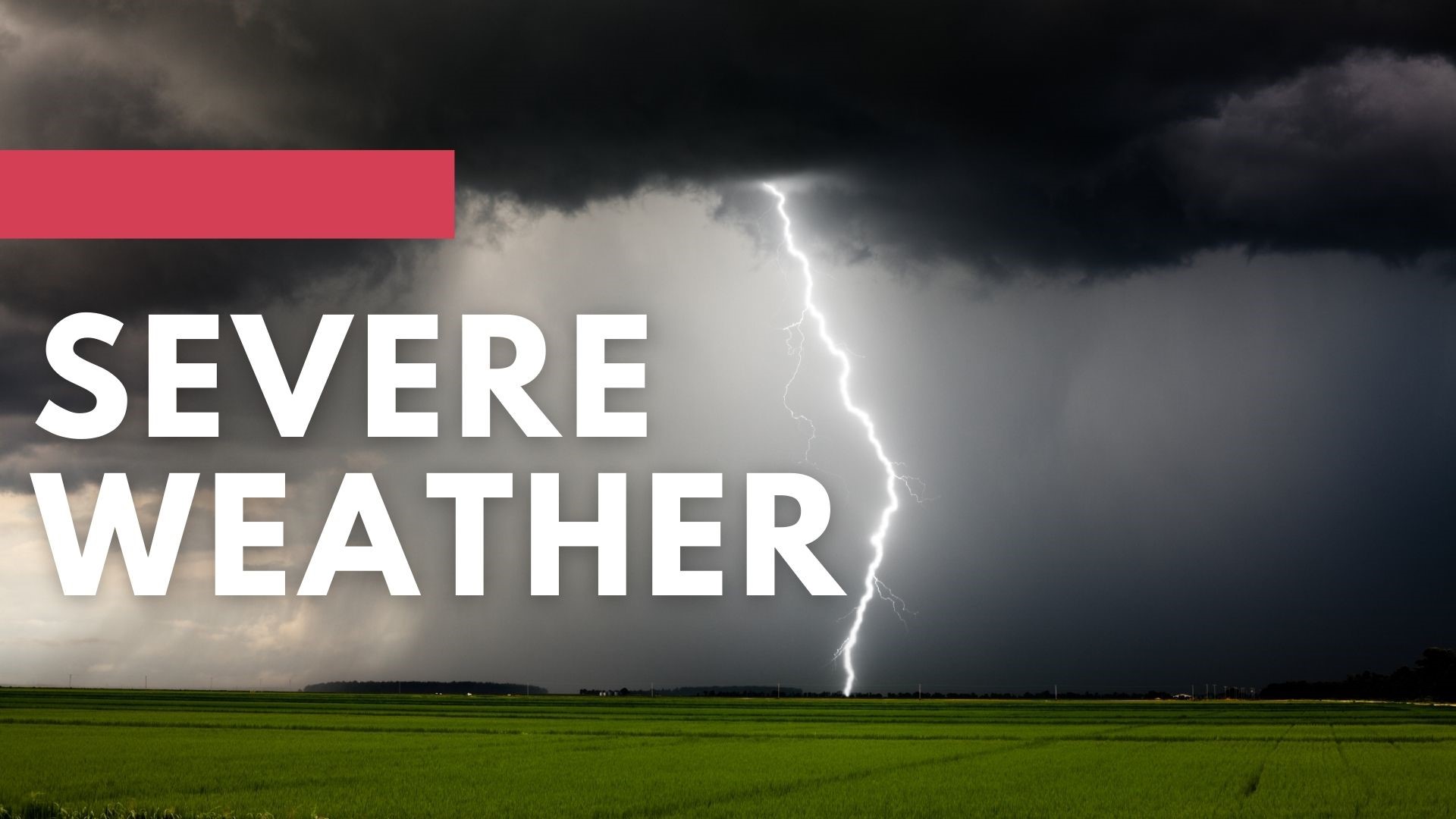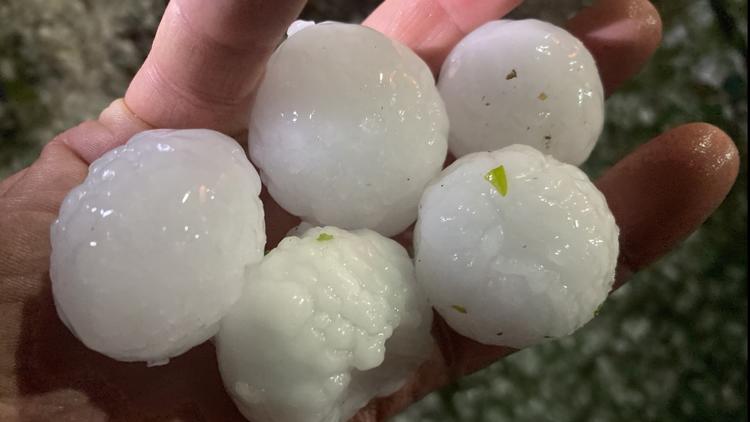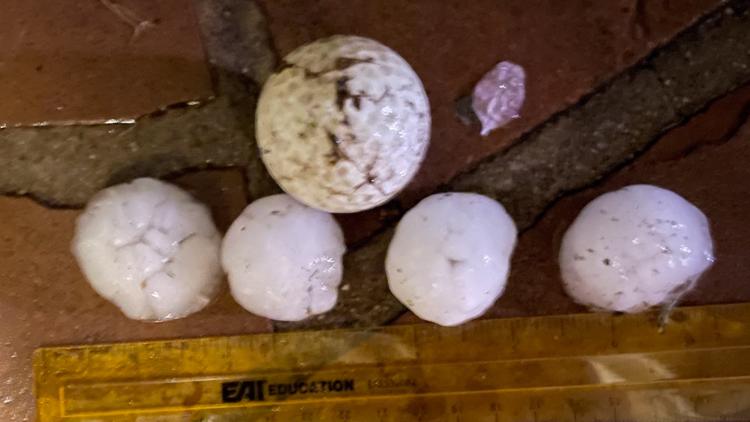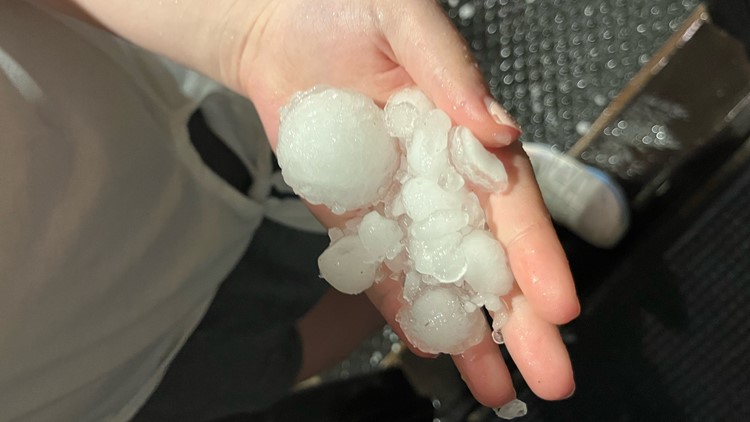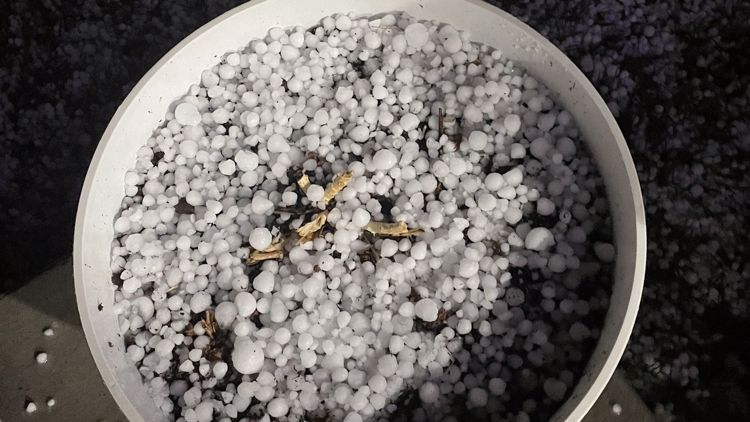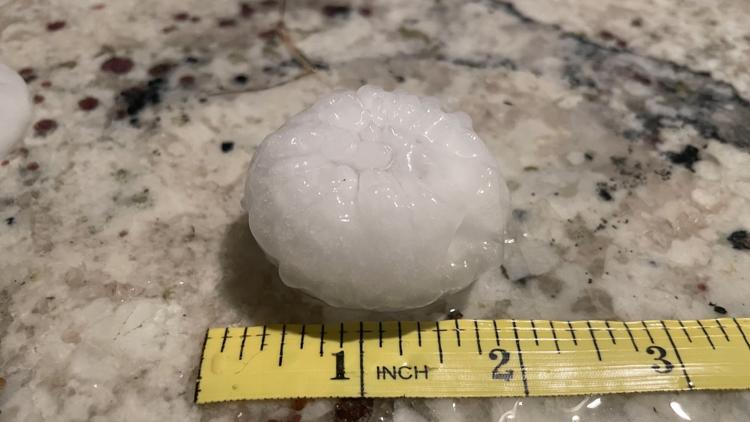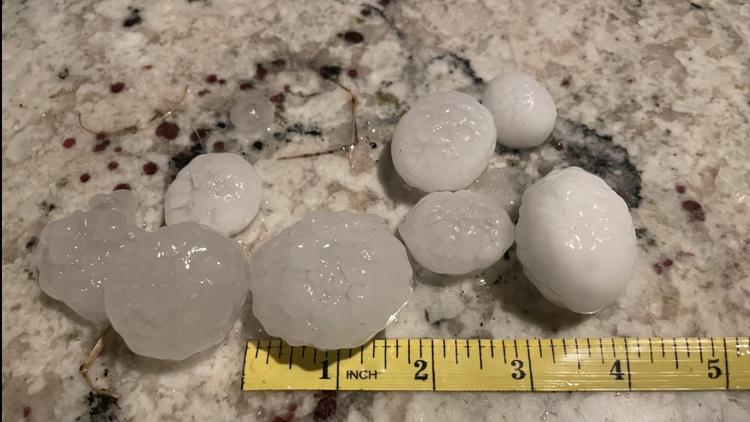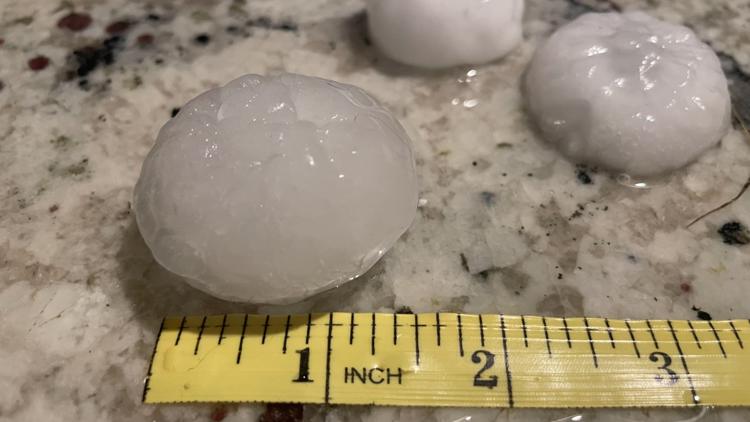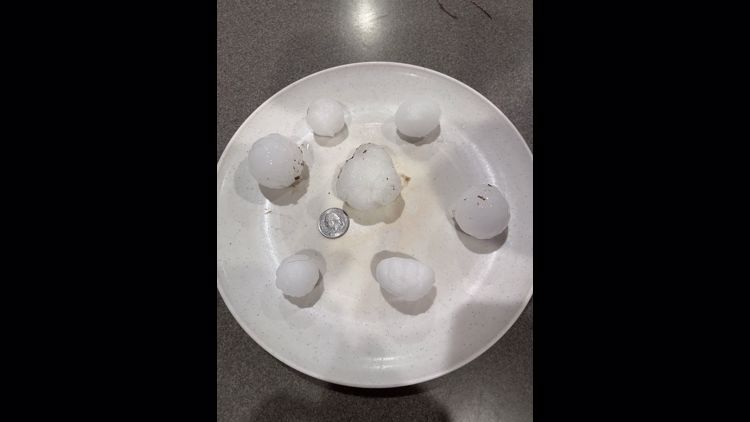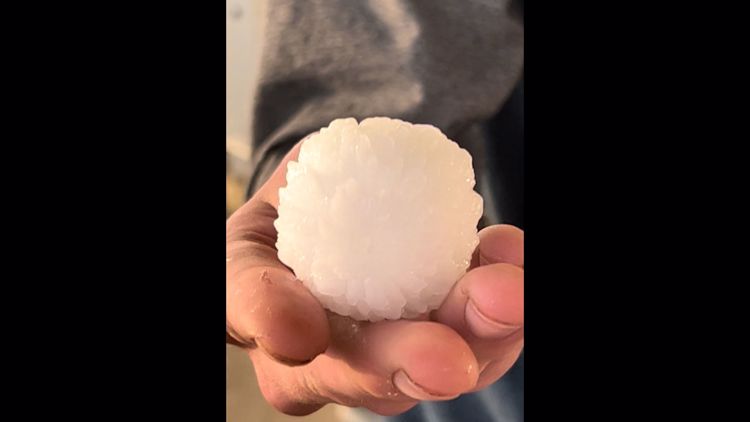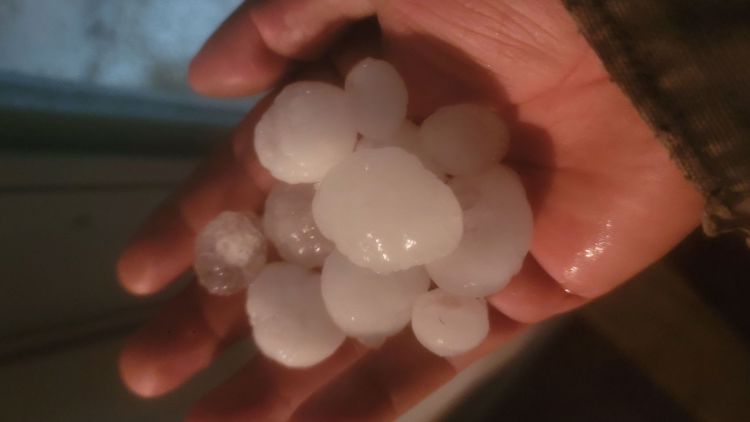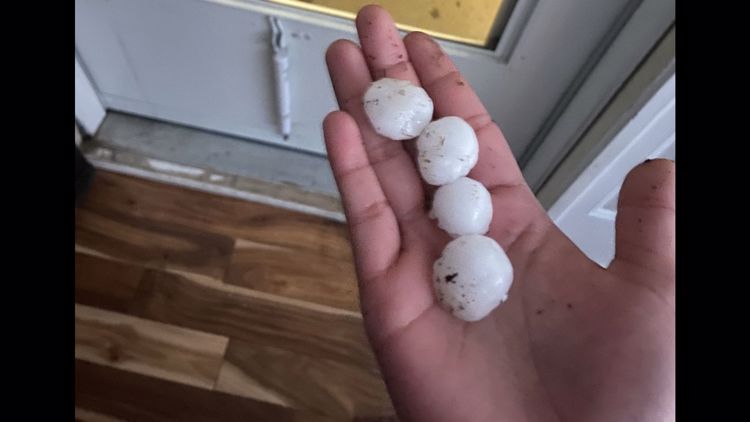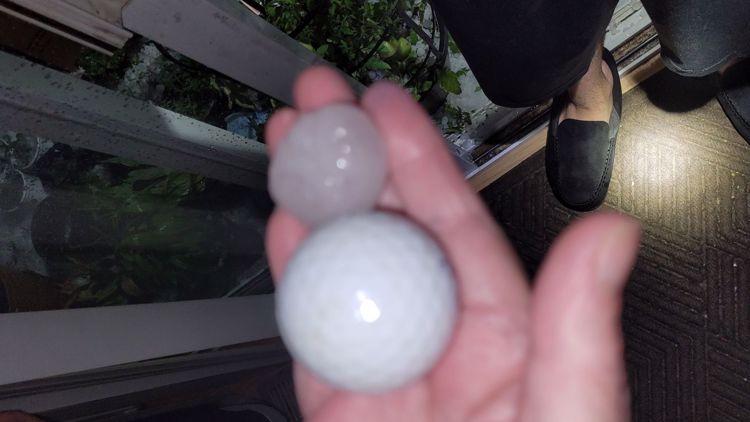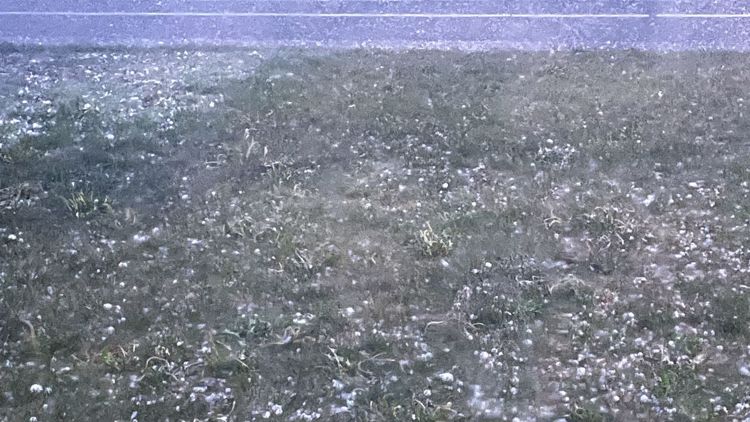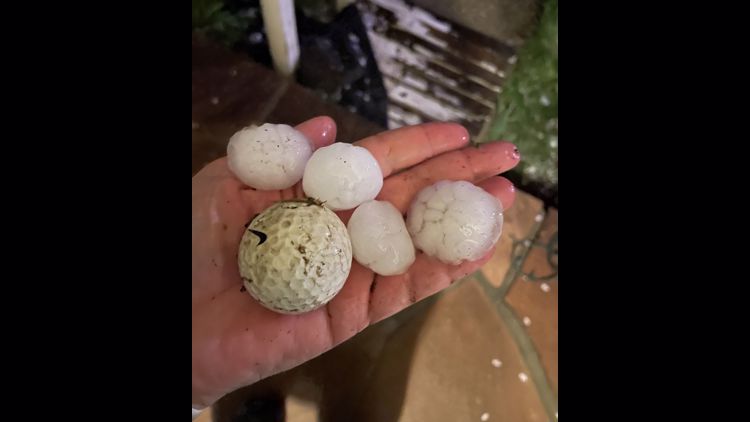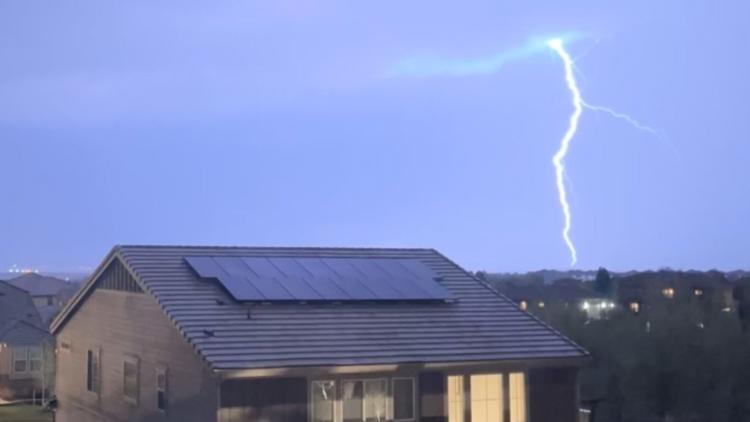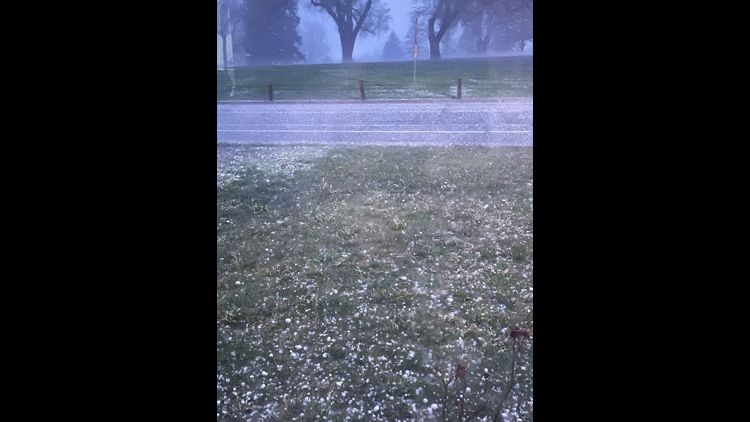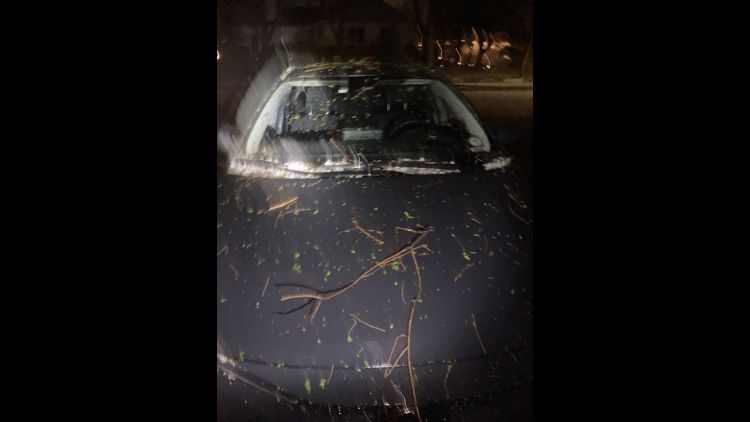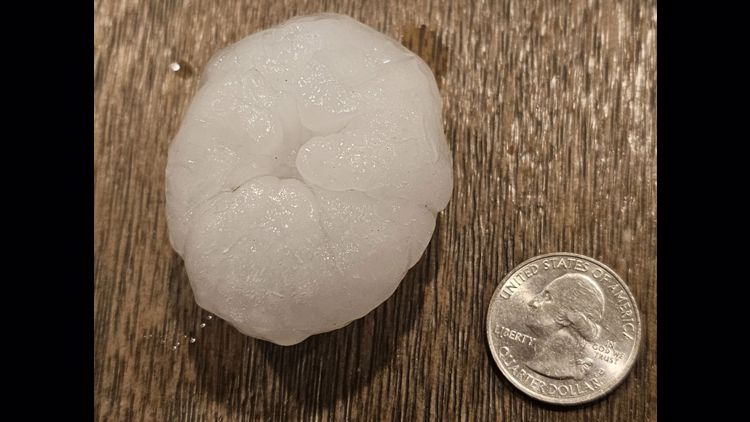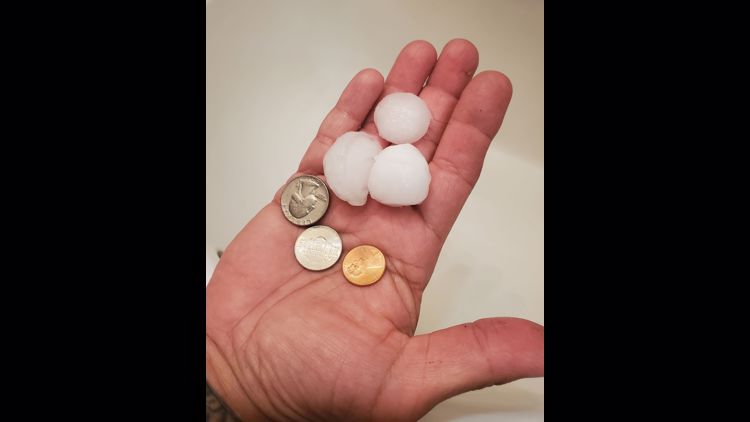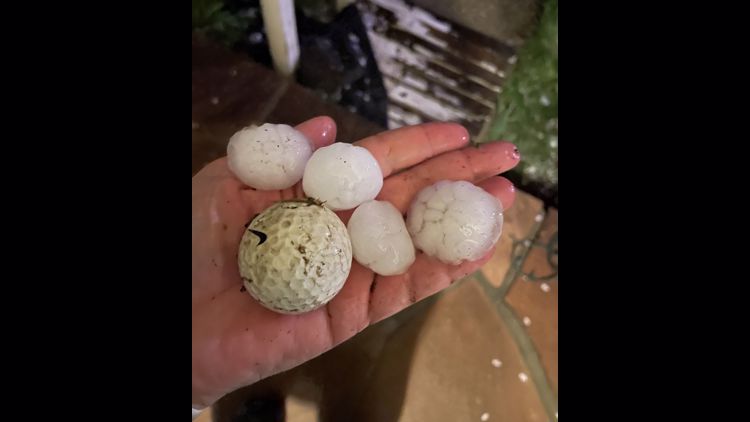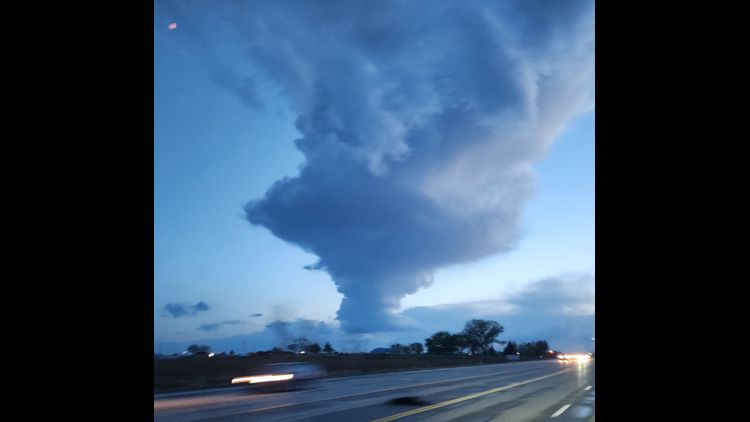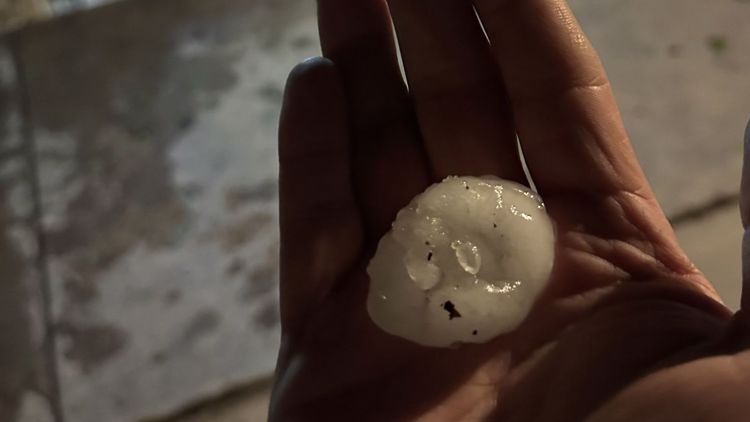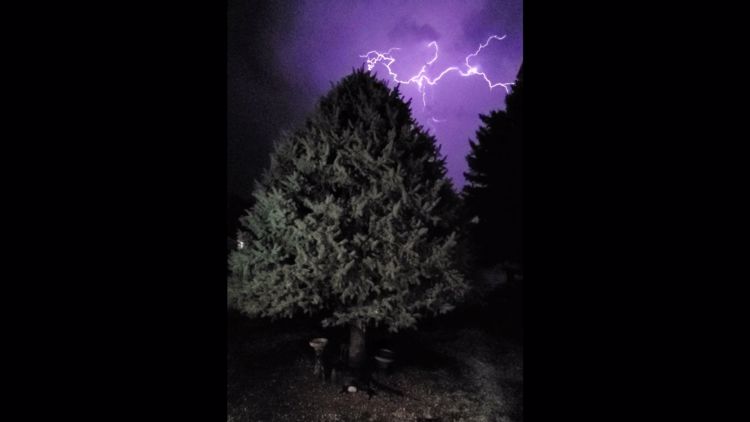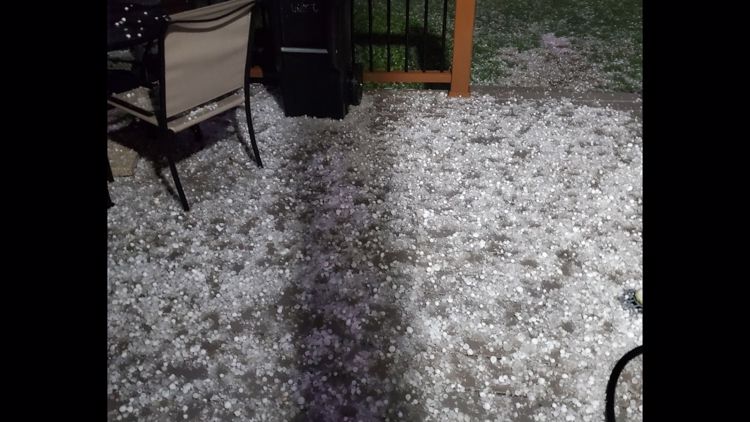DENVER — Widespread severe weather is possible for Denver and Colorado's Front Range on Wednesday.
Hail, strong winds and a few tornadoes are possible with large hail being the main hazard for the Denver area, although winds exceeding 60 or even 70 mph could also threaten the area Wednesday.
The highest threat to the Denver metro area looks to be between 12 p.m. and 3 p.m. Wednesday. Some risk also remains for 5 p.m. to 6 p.m.
FORECAST: Full forecast
ALERTS: Latest Colorado weather alerts
The tornado threat appears, at this time, relatively low for the Denver area, though it could be a bit higher for areas east of the city.
Before the system arrives, there are steps you can take to be prepared for severe weather such as hail, rain, lightning, strong winds and tornadoes.
Severe storms pass through Colorado
Protect property from hail
- Put vehicles in the garage or cover them with a thick blanket or comforter.
- Store or cover outdoor items and furniture.
- Move plants indoors if possible.
Protect yourself indoors
- Close and lock your windows and doors.
- Close curtains and blinds for protection in case windows get broken.
- In a power outage, unplug electronics and appliances to avoid power surge damage.
- Use a flashlight instead of candles, as those can be a fire hazard.
- In a tornado warning, head to a basement or lower level or center-most room in your home, office or school.
Protect yourself outdoors
- Take shelter in a solid building and stay away from windows, glass doors and skylights.
- Avoid lightning by staying away from tall objects such as large trees, towers, metal fences or poles.
Check your insurance
- Before the storm, check with your insurance company to make sure any damage to your home or property is covered.
- Do a home inventory. Take photos on your phone of all your belongings inside and outside your home so you have a visual aid when filing an insurance claim.
Check-in contact
- Choose a friend from out of state as a "check-in person" your family can contact if you get separated.
- Have a designated meeting spot outside your home for family members in case of a weather emergency.
Alerts
- Sign up for county emergency alerts in your area.
- Download the 9NEWS app and turn on weather notifications.
- Have a NOAA weather radio in case your power goes out and your phone dies.
After the storm
- Walk around your property, take note of any damage to your home or car.
- Take photos of the damage and make an inventory of damaged items.
- Keep receipts if you spent money on clean-up.
9NEWS meteorologist Cory Reppenhagen breaks down everything you want to know about hail in Colorado
What is severe hail?
Severe hail is large enough to cause damage to cars or roofs.
The standard is any hailstone one inch in diameter or larger. That is the size of a quarter. Hail smaller than one inch can cause damage but it is not common.
A Severe Thunderstorm Warning is usually issued when a storm becomes capable of producing one-inch hail.
Hail Capital
Kansas is the Hail State, but the Colorado Front Range is usually called the Hail Capitol because the Colorado Springs to Denver metro area gets more severe hail events than anywhere else in the country with an average of 13 per year.
Hail falls faster and hits harder in Colorado compared to lower elevations. A one-inch hailstone that hits the ground at 50 mph at sea level, hits at 54 mph in Denver. That can potentially lead to greater damage in the Mile High City.
Accumulating or plowable hail
Accumulating hail is common in Colorado.
A Severe Thunderstorm Warning can be issued for accumulating hail even though the size of the stones is usually smaller than one inch. Sometimes called plowable hail, it creates low visibility and slippery roads leading to very dangerous driving conditions.
The National Weather Service says Colorado can get between 10 and 20 plowable hail events every year.
Although Colorado can get any type of hail at any time during the spring and summer, historically, accumulating hail strikes most between April 15 and June 20, while the hail tends to get larger with the bigger thunderstorm updrafts of the summer. Colorado will frequently get hailstorms through the end of September.
Big Hail
Hail can get big in Colorado, although documented cases are nowhere near the size of many other state records.
The Colorado state record is 4.5 inches, the size of a grapefruit. That size has been verified here 20 times, the last time being July of 2011, in Adams County.
SUGGESTED VIDEOS: Colorado Climate
> Top stories curated daily just for you! Sign up for the 9NEWSLETTER to get can’t-miss stories, Next and Broncos content, weather and more delivered right to your inbox.
MORE WAYS TO GET 9NEWS
Subscribe to our daily 9NEWSLETTER
Download the 9NEWS APP
iTunes: http://on9news.tv/itunes
Google Play: http://on9news.tv/1lWnC5n
HOW TO ADD THE 9NEWS APP TO YOUR STREAMING DEVICE
ROKU: add the channel from the ROKU store or by searching for KUSA.
For both Apple TV and Fire TV, search for "9news" to find the free app to add to your account. Another option for Fire TV is to have the app delivered directly to your Fire TV through Amazon.

